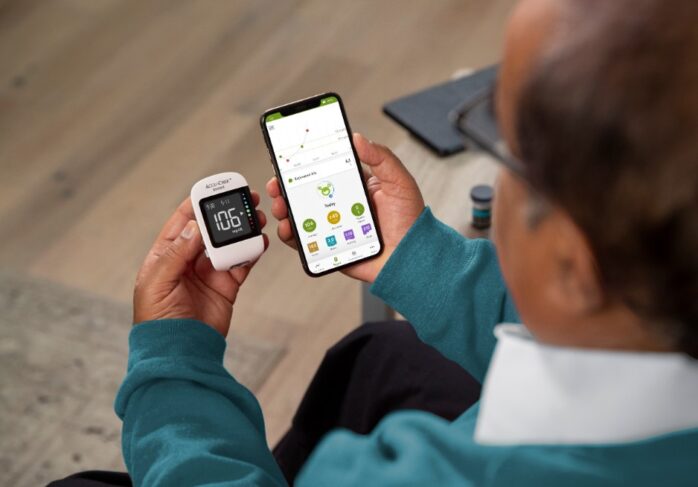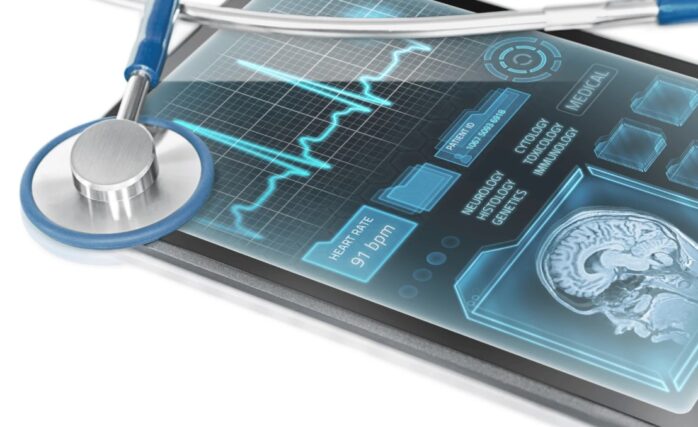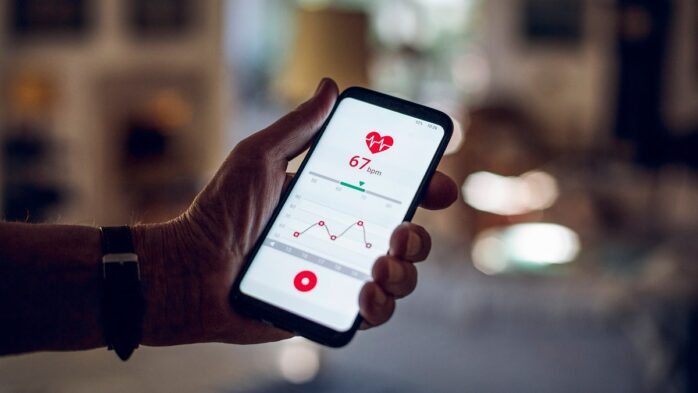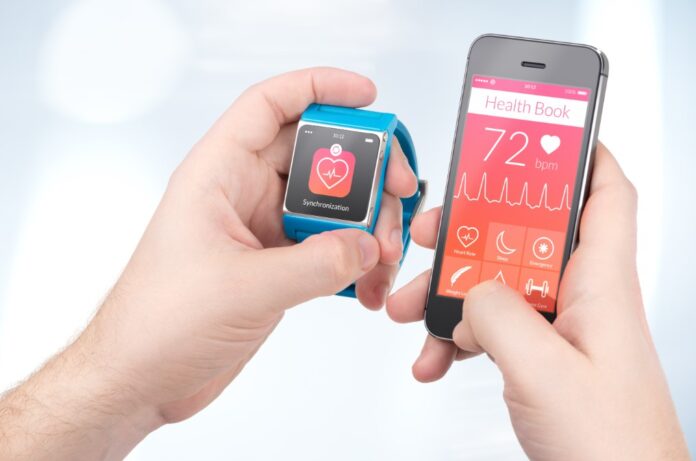Breakthrough technologies are driving a revolution in healthcare. Internet-connected smart medical devices open new capabilities for early disease detection, continuous monitoring, precision treatments, chronic condition control, assistive living, and more.
According to the experts over at Blues IoT, networked sensors, wearable trackers, implantables, and intelligent analysis software transform how patients and doctors manage wellness, sickness, and medical conditions both in and out of healthcare facilities. The innovations pave the way for longer, healthier, and more fulfilling lives.
Detecting Issues Early and Preventing Emergencies
Smart medical advances allow proactive, preventative care rather than just diagnosing late-stage diseases after symptoms escalate. Small, convenient sensors provide frequent or continuous evaluation of hundreds of wellness biomarkers from blood chemistry balances to irregular heart rhythms.
For example, an ingestible cardiac monitor the size of a vitamin pill transmits heartbeat data for 30 days. AI-assisted analysis watches 24/7 for early warning signs of impending stroke, heart failure exacerbation, or other lethal events. Patients and doctors intervene rapidly at the first signal of trouble before catastrophic emergencies strike.
Other next-gen technologies detect early cancer and neurodegeneration years faster than periodic screenings. Minimally invasive tools can be inserted through veins to search out single stray cancer cells in seemingly healthy tissue. Lab-on-chip innovations analyze saliva and tears for near-instantaneous emotional and molecular insights. The real-time tracking and diagnostics allow issues to get treated promptly with focused therapies when they are most treatable.
Managing Chronic Diseases at Home

Typically, chronic condition patients must regularly visit medical facilities for routine testing and evaluations by skilled staff. Connected care systems now permit self-guided management at home for select stable patients.
Smart diabetes managers automatically track blood glucose via discreet skin sensors and adjust insulin delivery as needed without finger sticks or injections. Patients with heart failure or kidney disease step onto connected weight scales for daily body composition measurements that catch excess fluid retention, signaling possible complications.
The tools flag any concerning findings for remote practitioner review while handling mundane maintenance tasks autonomously. Minimizing trips to dialysis centers and doctor offices means at-home solutions provide convenience that improves consistent adherence to prescribed regimens.
Empowering Patients Through Data Access
Remote monitoring and at-home medical devices generate troves of data that doctors previously lacked between sporadic office visits. Now, patients access their own vital statistics, treatment adherence, quality of life surveys, and more through personal health dashboards. Seeing how their daily actions affect their health encourages them to follow their treatment plans more closely.
Patients watch positive developments as they exercise more, improve their diets, take medications reliably, or tweak therapy settings. The engagement encourages self-management while also allowing earlier interventions if regressions occur.
Automating Precision Treatments

Traditionally, doctors and nurses rely on manual observations and actions to deliver treatments. Smart tools automate more steps for extreme consistency and personalization. Next generation medication pumps precisely tune intravenous drug dose amounts and flow rates based on patient weight, lab values, and procedure type, with no risk of human programming errors.
Some infusion systems combine continuous blood testing, so the pump adjusts dosing automatically if patient readings shift during the course of therapy. Programmable sensors embedded in pills even allow doctors to remotely control exactly when oral drugs activate inside the body. The transition of care to the control of algorithmic AI systems leads to improvements in the accuracy and precision of care delivery.
In cancer care, automated MRI table movements orchestrate treatment delivery from multiple angles during radiation therapy without patients needing to get up. Machine learning analysis of live scans adapts beam intensities if unexpected tumor changes are present mid-session.
The intelligent software and hardware coordination focuses cell-destroying energy on diseased regions, minimally invasively sparing surrounding healthy tissue. Targeted treatments attack growths thoroughly and efficiently in optimally sequenced doses unattainable through static human calculation.
Restoring Physical Function with Bionics
Severed limbs, extreme muscle weakness, and paralysis dramatically impact lives. Smart prosthetics and electrical stimulation systems leverage onboard computing to transform residual limb capabilities. The sophisticated design of bionic hands and arms incorporates multiple dexterous joints, enabling them to perform intricate maneuvers. Sensors detect chemical signatures of desired foods and adjust grip pressures appropriately, whether handling a fragile egg or a firm apple autonomously.
Minimally invasive nerve wraps send electric pulses, triggering muscles otherwise gone inactive from injury to flex and extend. Stroke and spinal cord injury patients walk, reach, and stand again years after accidents, thanks to algorithmically controlled movement.
Wheelchair users operate brakes, lights, and motors through thought alone by donning adaptive headbands that interpret brain signals. The human-computer interplay goes beyond basic mobility, enabling people to actively engage with the world through dynamic hybrid human-machine motor functions.
Securing and Standardizing Data Sharing

As medical care relies more heavily on smart systems, protecting patient information and ensuring responsible data handling becomes paramount. Strict encryption, access controls, and cybersecurity measures safeguard personal health details.
Industry groups continue to establish guidance and governance for ethical data sharing across platforms. The protocols allow patients to transmit records securely between providers while maintaining ownership of their information.
Further standardization also enables aggregation of data from diverse devices into consistent formats. The interoperability promises more holistic health analysis as data pools grow over time and across technologies.
Conclusion
The healthcare momentum accelerates as smart systems prove their worth in tackling various problems from prediction to precision to recovery and assistance. Still, these changes mark just the beginning of a biotech revolution that further extends and enhances life.
Surveying biomarkers and biology that is now incomprehensible to unaided clinicians means future AI will unlock deeper disease insights and pinpoint accurate treatments. Fusing micro-scale body data with environmental, lifestyle, and genomic profiles will power fully individualized care.
Seamless man-machine interfaces controlled as innately as natural limbs could one day be commonplace. There is no limit to what becomes possible when healthcare leverages smart, connected innovations to maximize its potential. While progress steadily marches on, today’s internet-enabled health breakthroughs already save lives by optimizing wellness each day.




